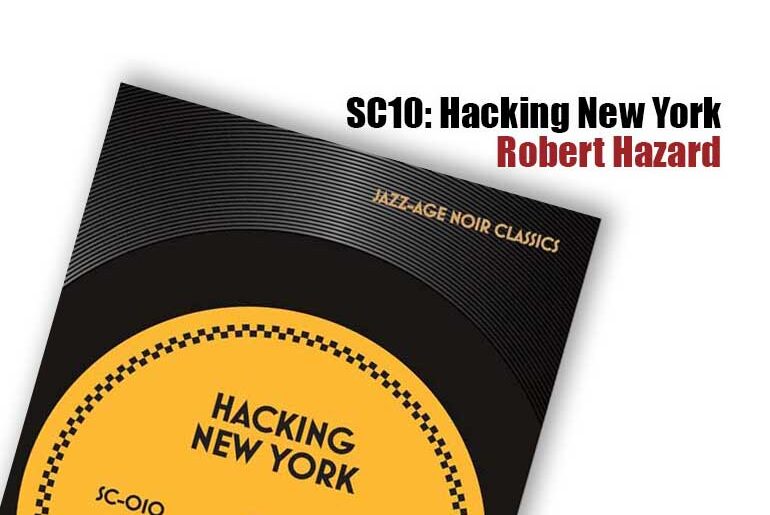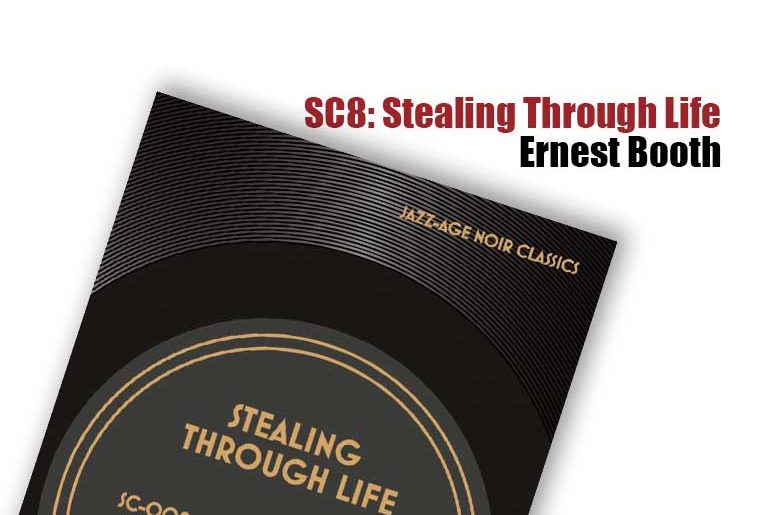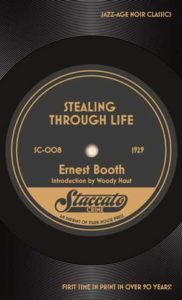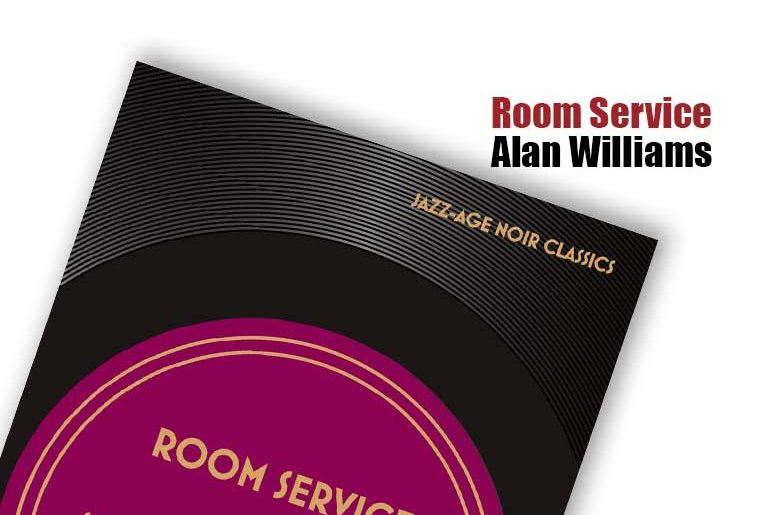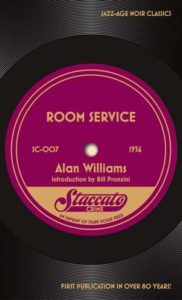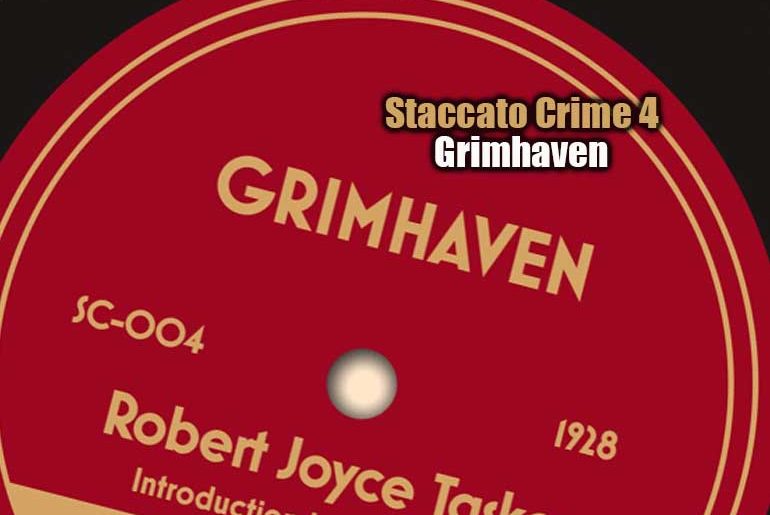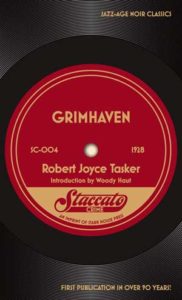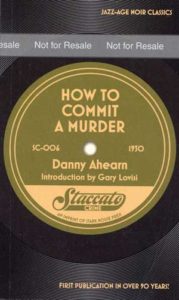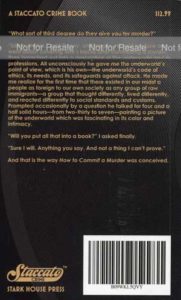 A novel in vignettes. Street savant Hazard shares jazz-age memories of the daily grind of a hackman in the heart of the Big Apple. It’s his own (and a few compadres’) street savvy view of the intersection of customers, cops, and cab fare. His urban urbane names names and paves the route on when to stick it to ‘em and when to take the high road. Remarkably candid, this is the real inside deal, out of print for over 90 years.
A novel in vignettes. Street savant Hazard shares jazz-age memories of the daily grind of a hackman in the heart of the Big Apple. It’s his own (and a few compadres’) street savvy view of the intersection of customers, cops, and cab fare. His urban urbane names names and paves the route on when to stick it to ‘em and when to take the high road. Remarkably candid, this is the real inside deal, out of print for over 90 years.
It’s bookended by a deep-dive intro by Staccato Crime co-editor Jeff Vorzimmer who unearths the mystery of the man behind the wheel and a quartet of short stories. “Old Bill” delivers the same folksy tone as the main event, but this time the setting is rural; in a passionate memoir about an earlier mode of transport—the horse. “Brothers” shifts our perspective from horses to a couple of farm dogs, and “The Cops Got Their Men—Including the Taxi Driver” fictionalizes a robbery where the astonishing getaway car is a taxicab!
The volume’s final entry is a reprint from Scribner’s Nov-Dec 1929. And it’s a reprint here as well, as every vignette is pulled from the earlier mother lode. Kind of a “best of” the vignettes that came before. They read faster the second time, and provide a satisfying end cap to a fascinating slice of history from the big city.

